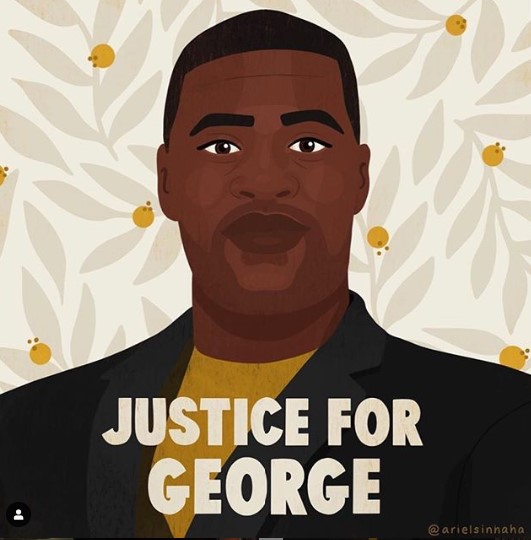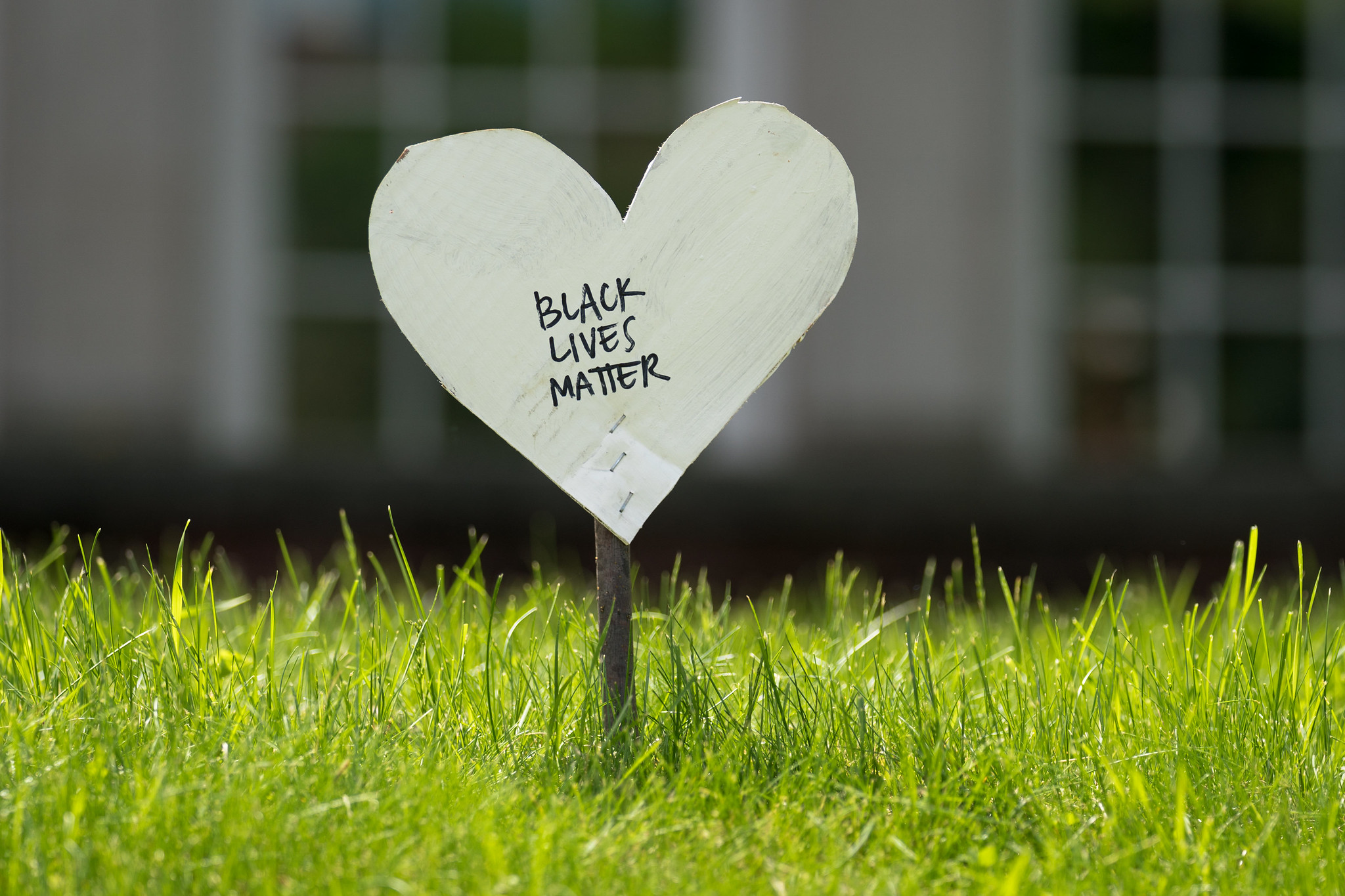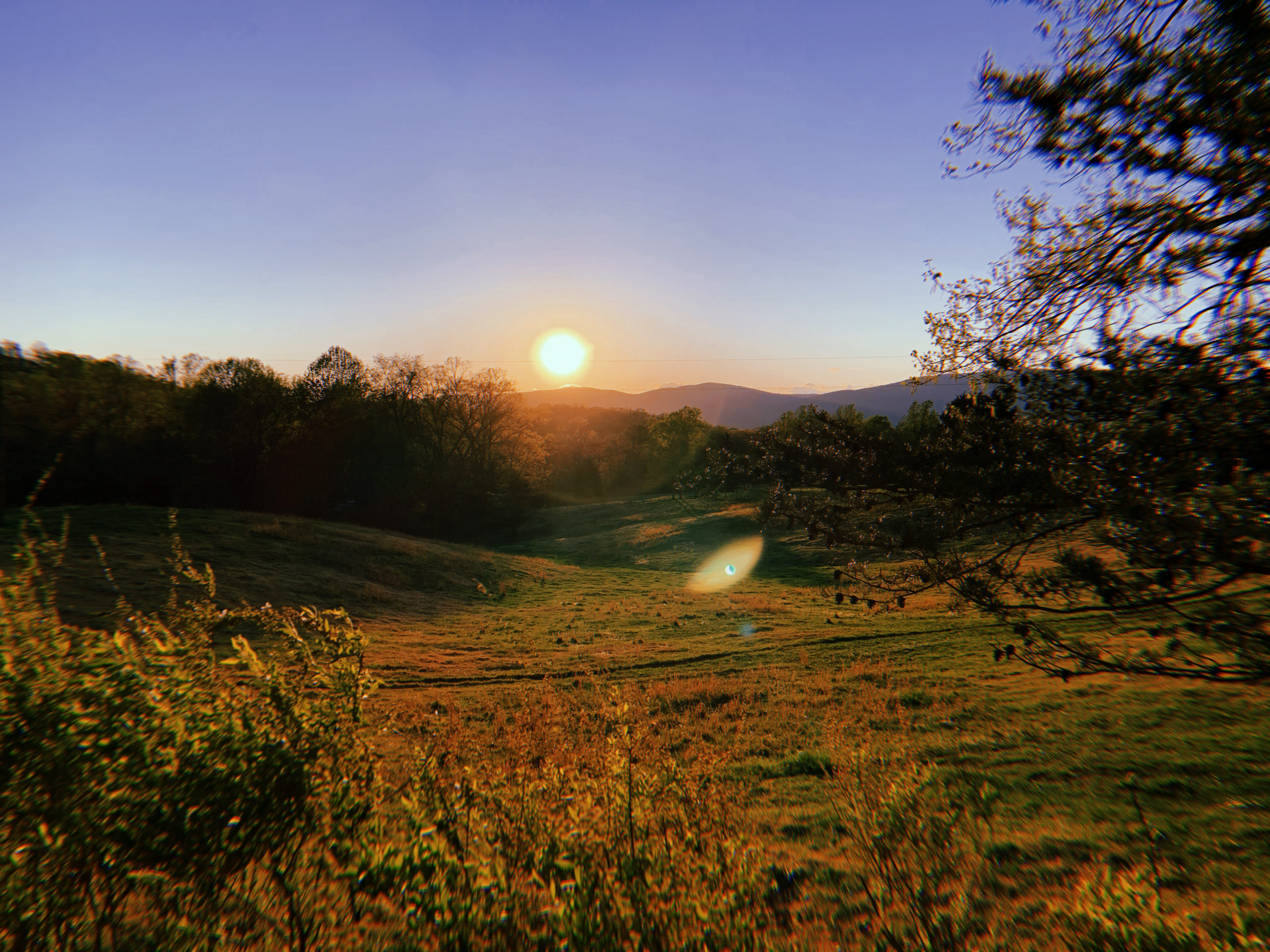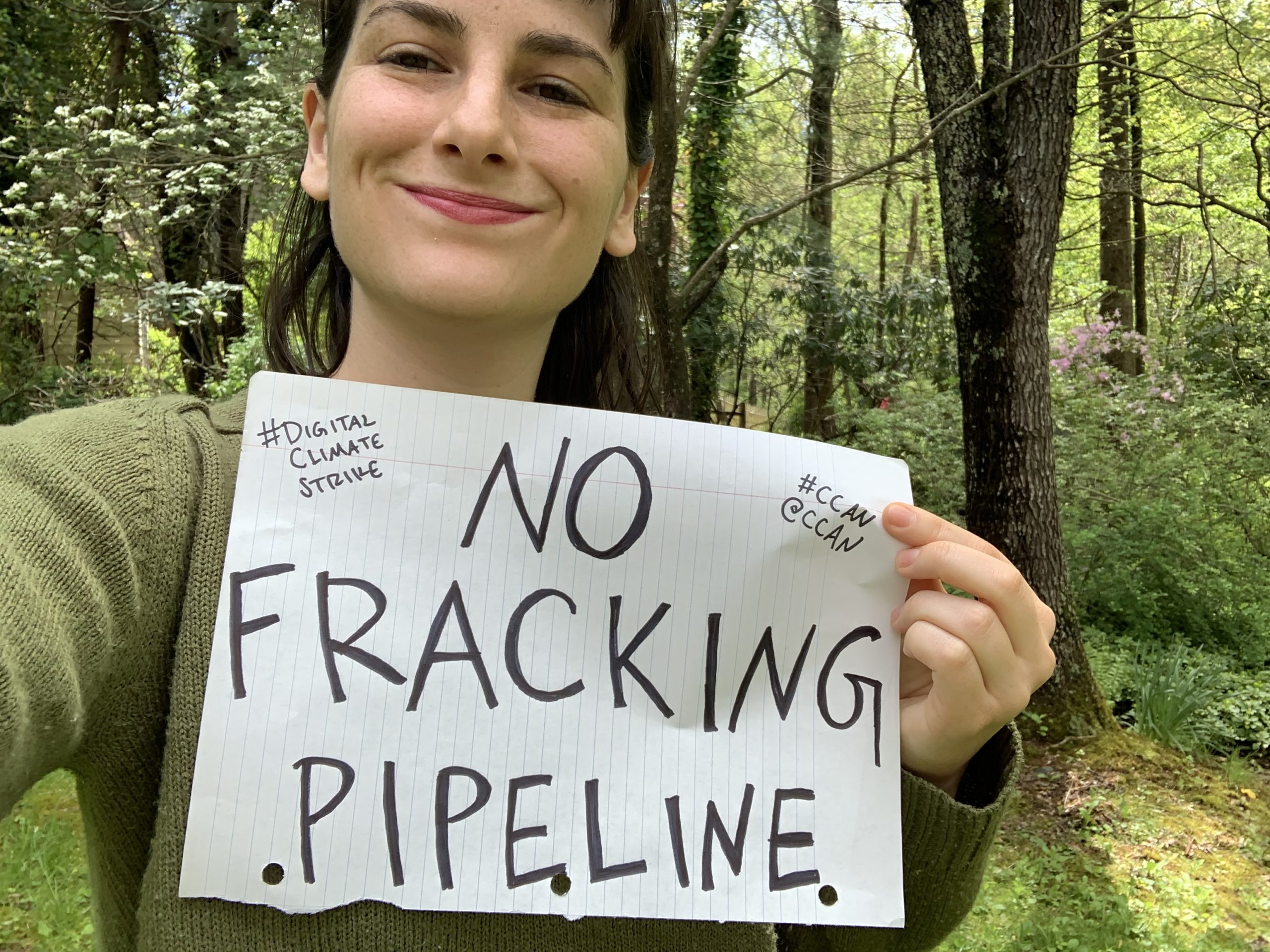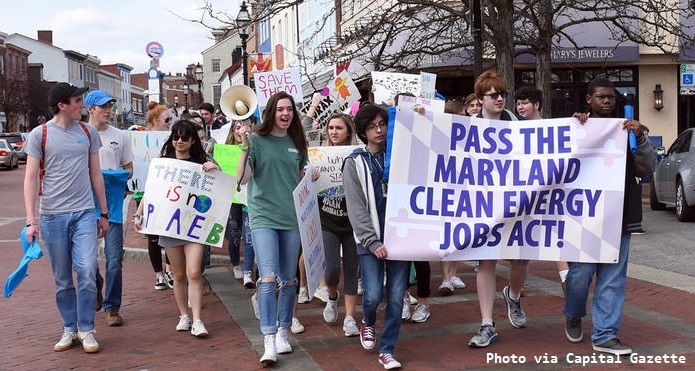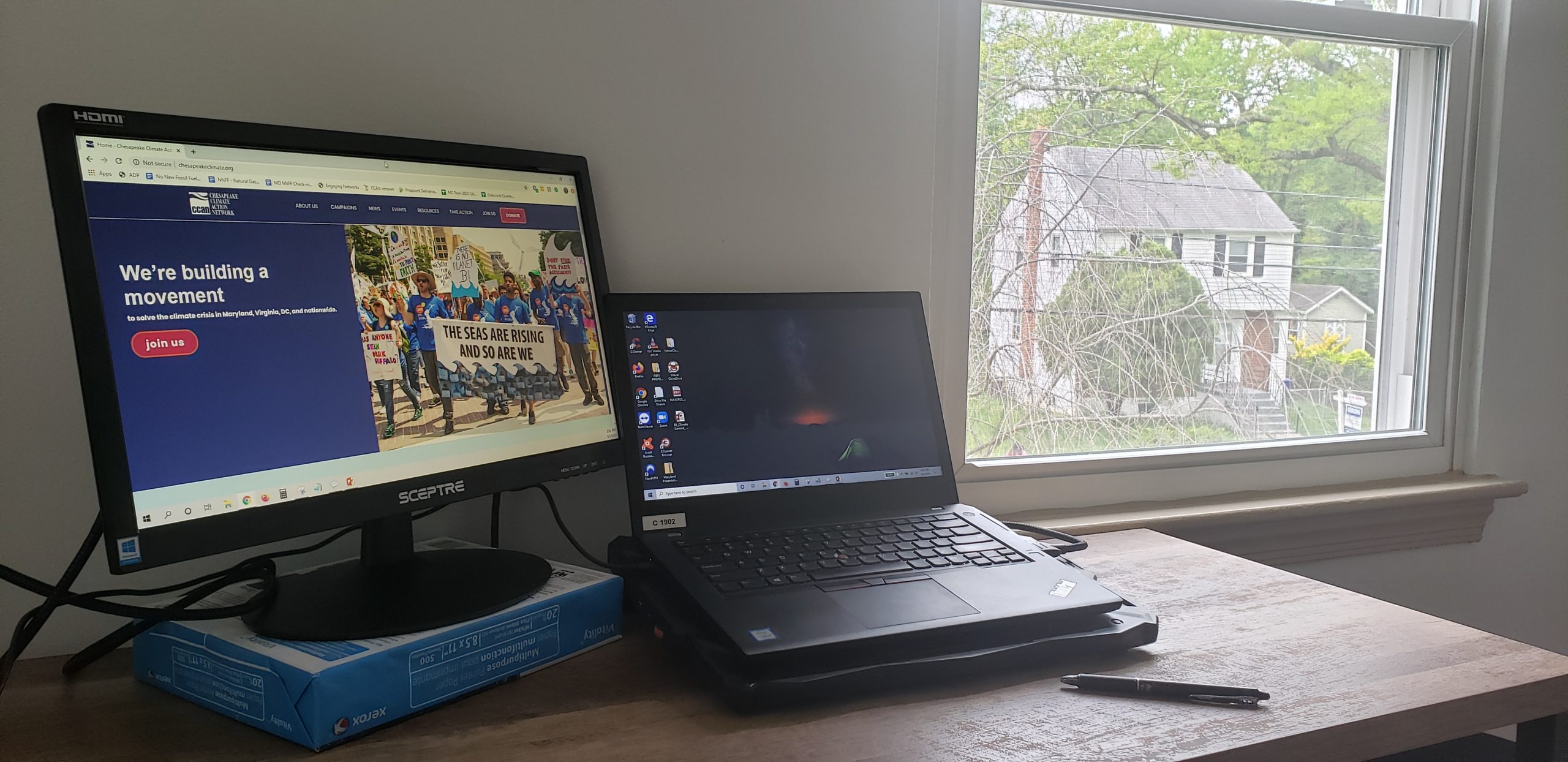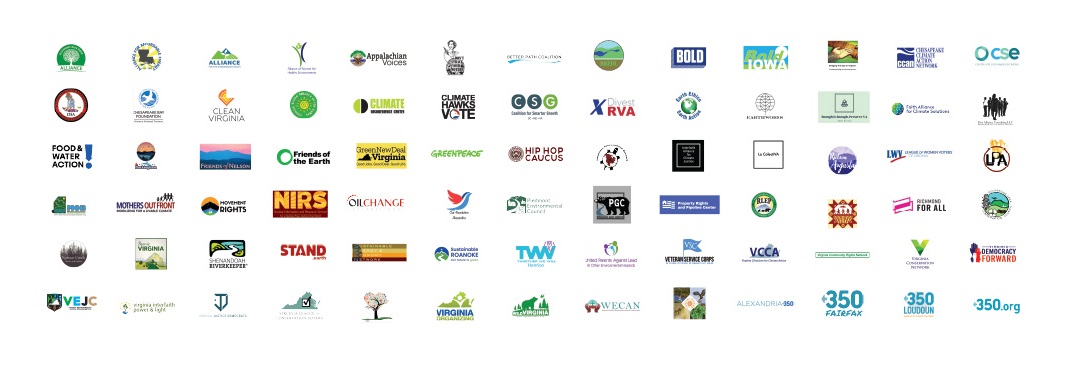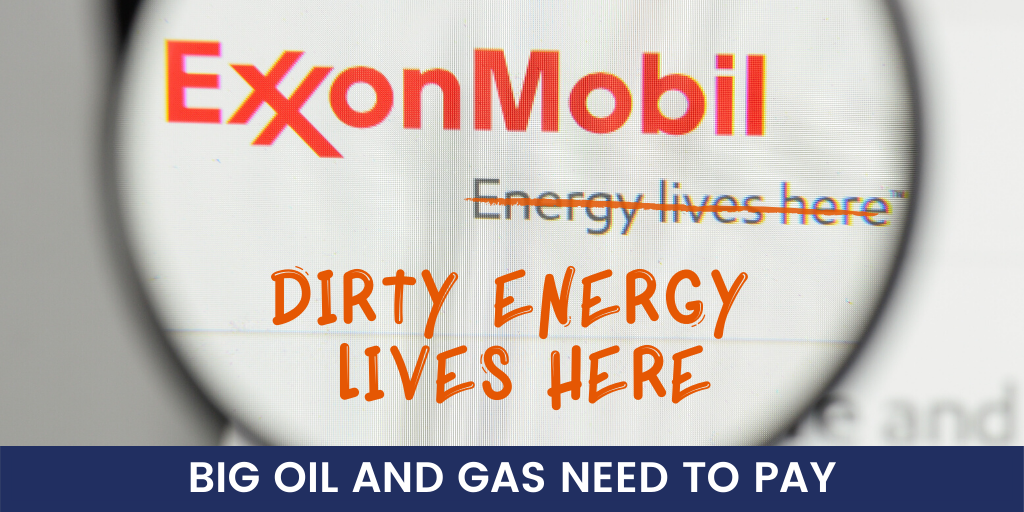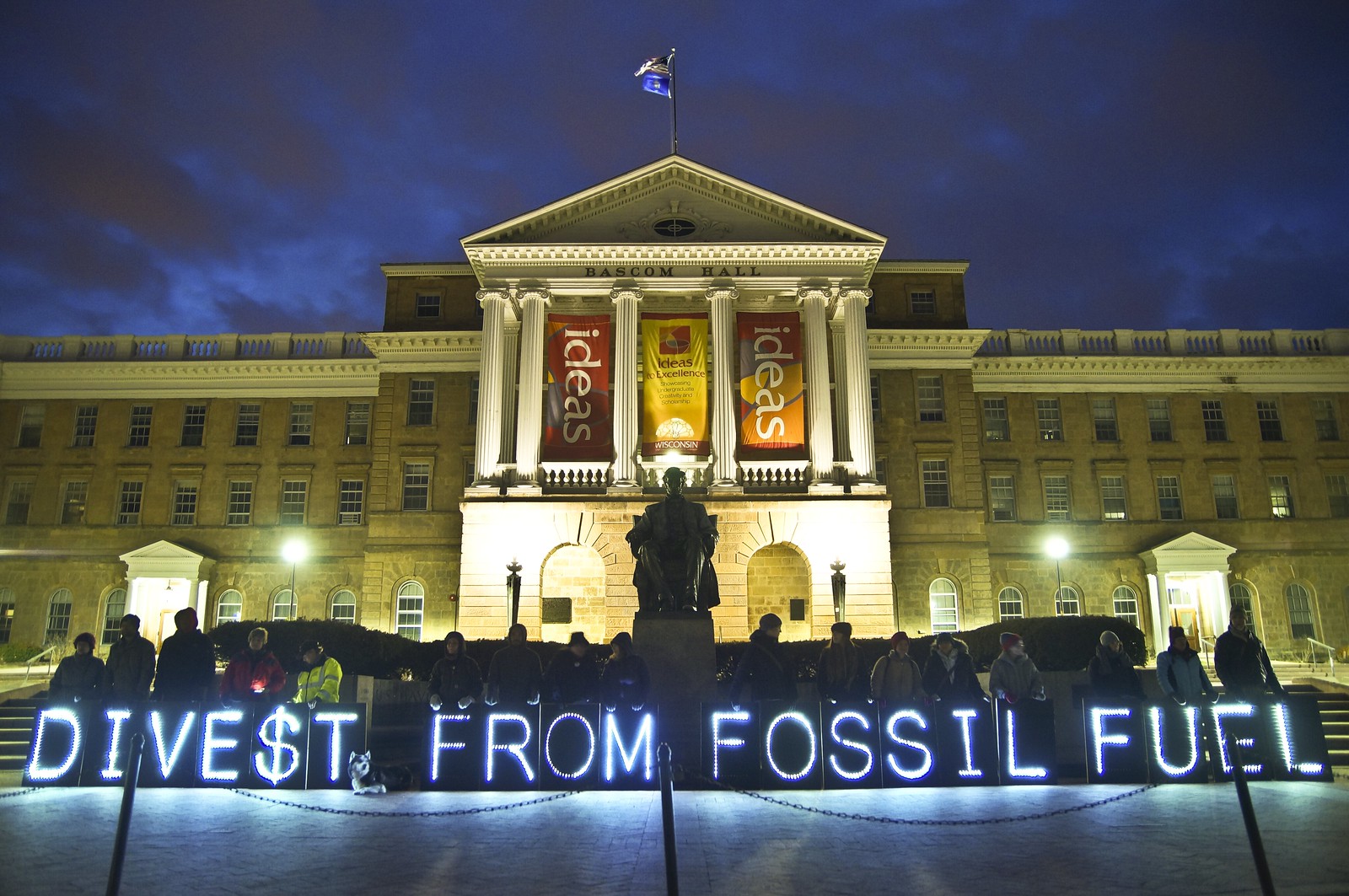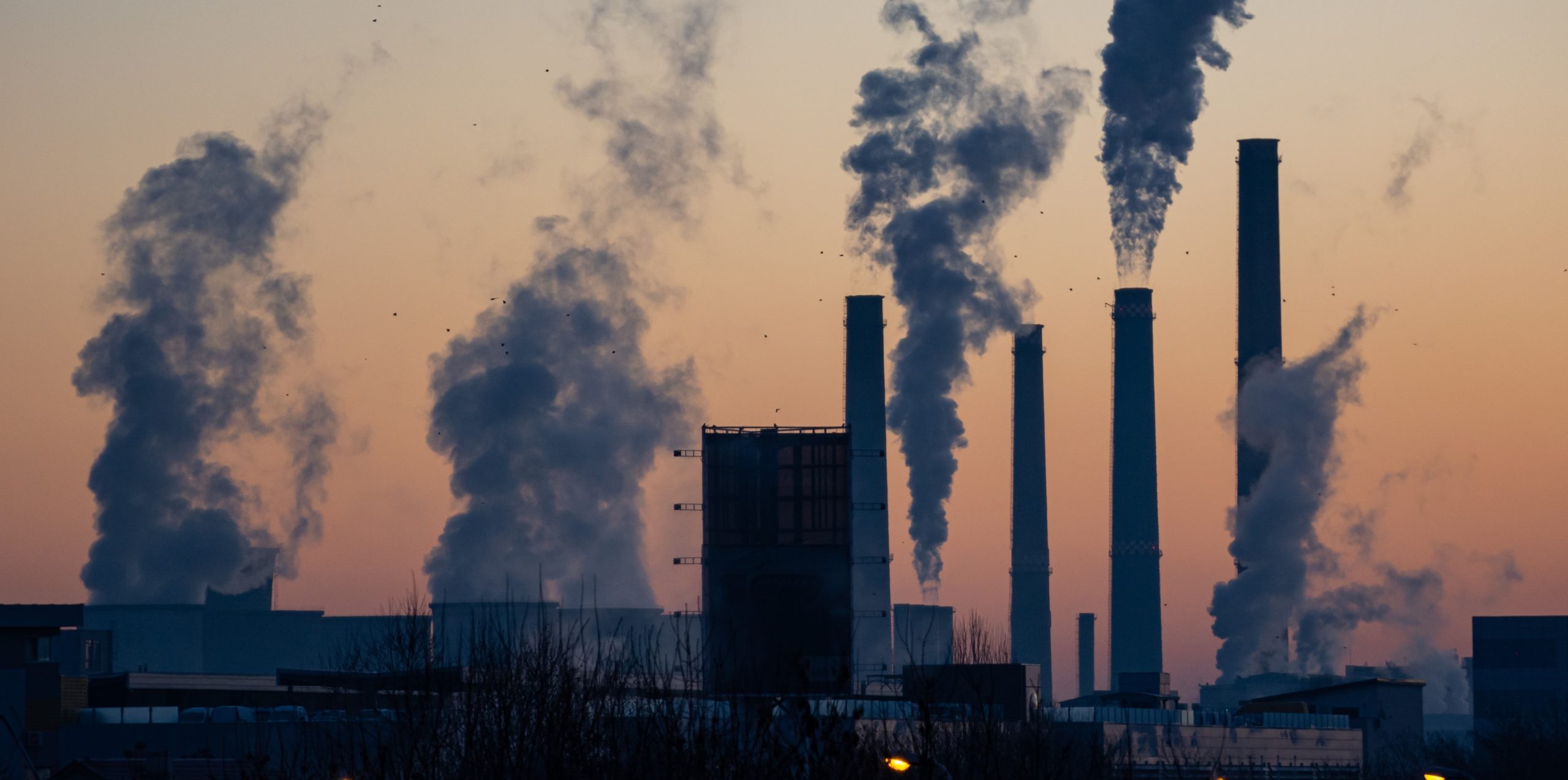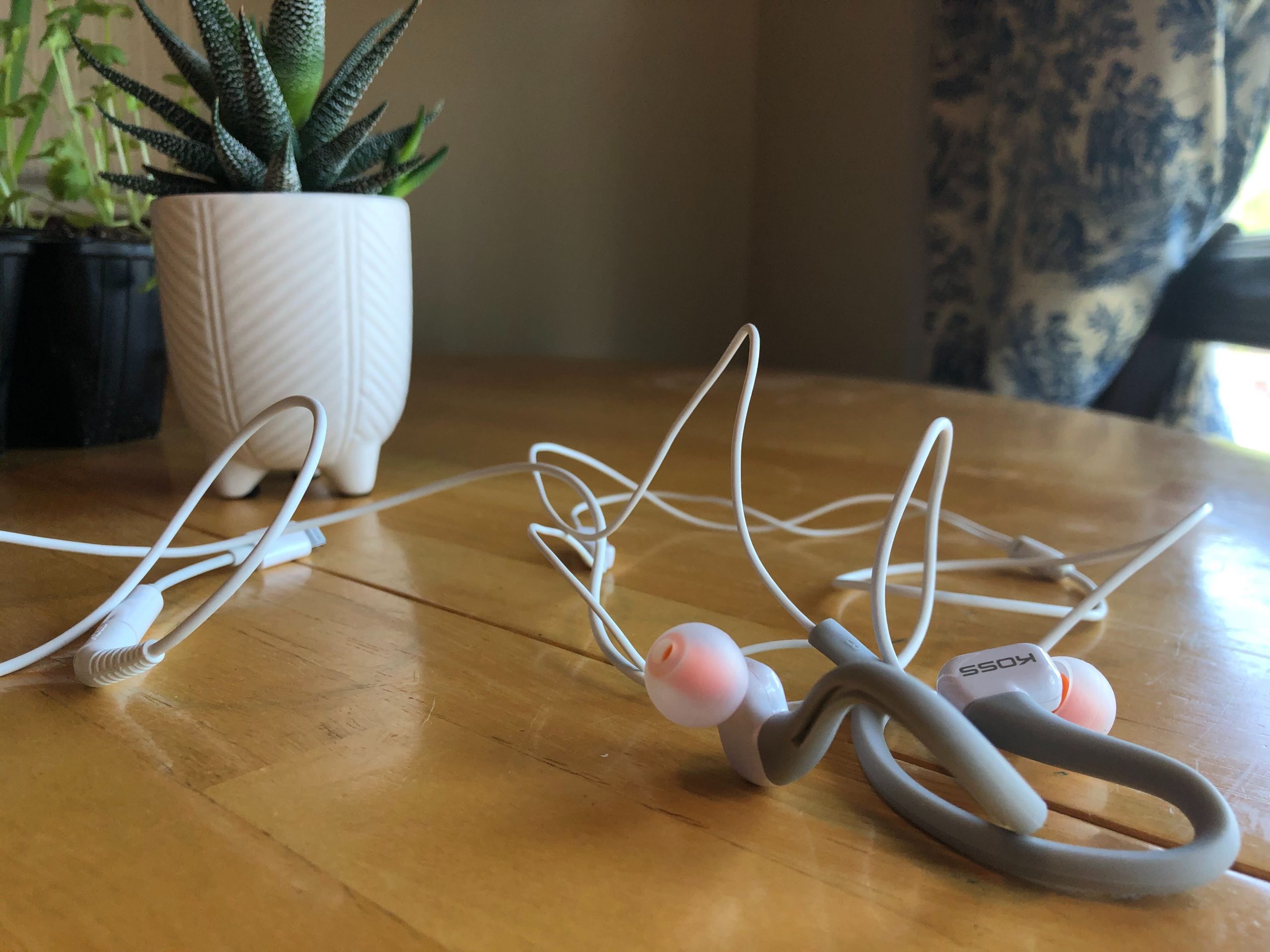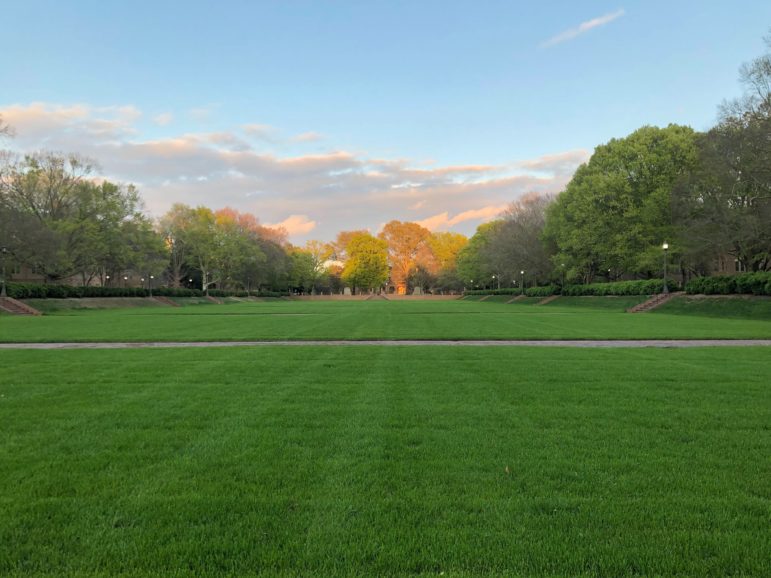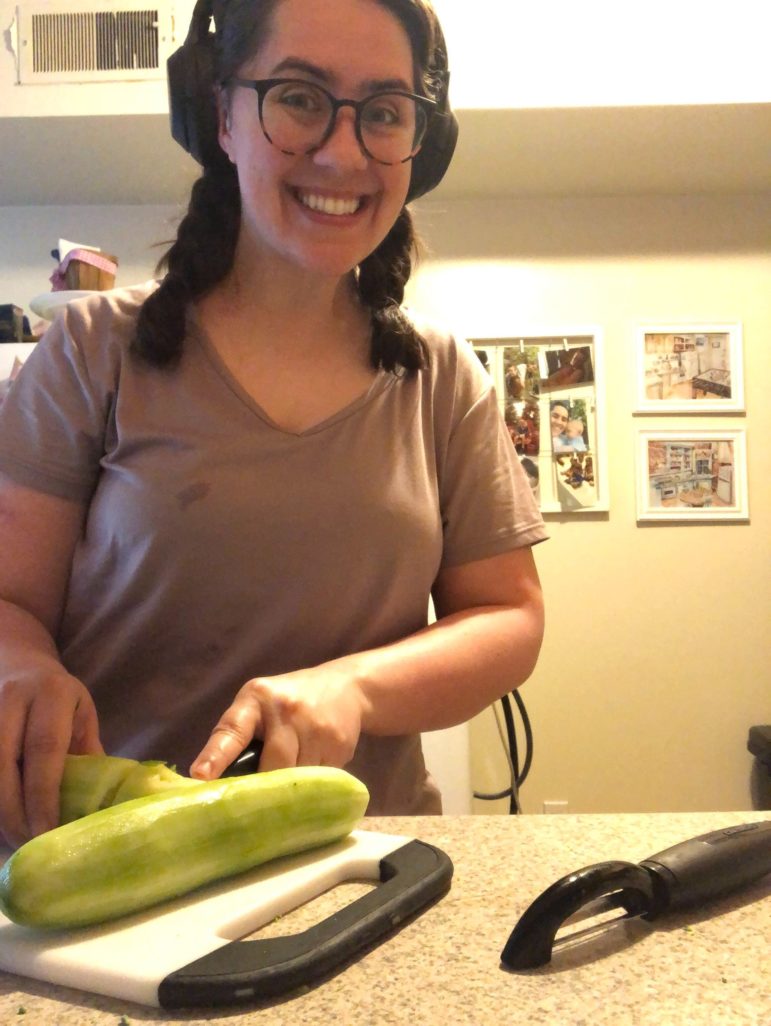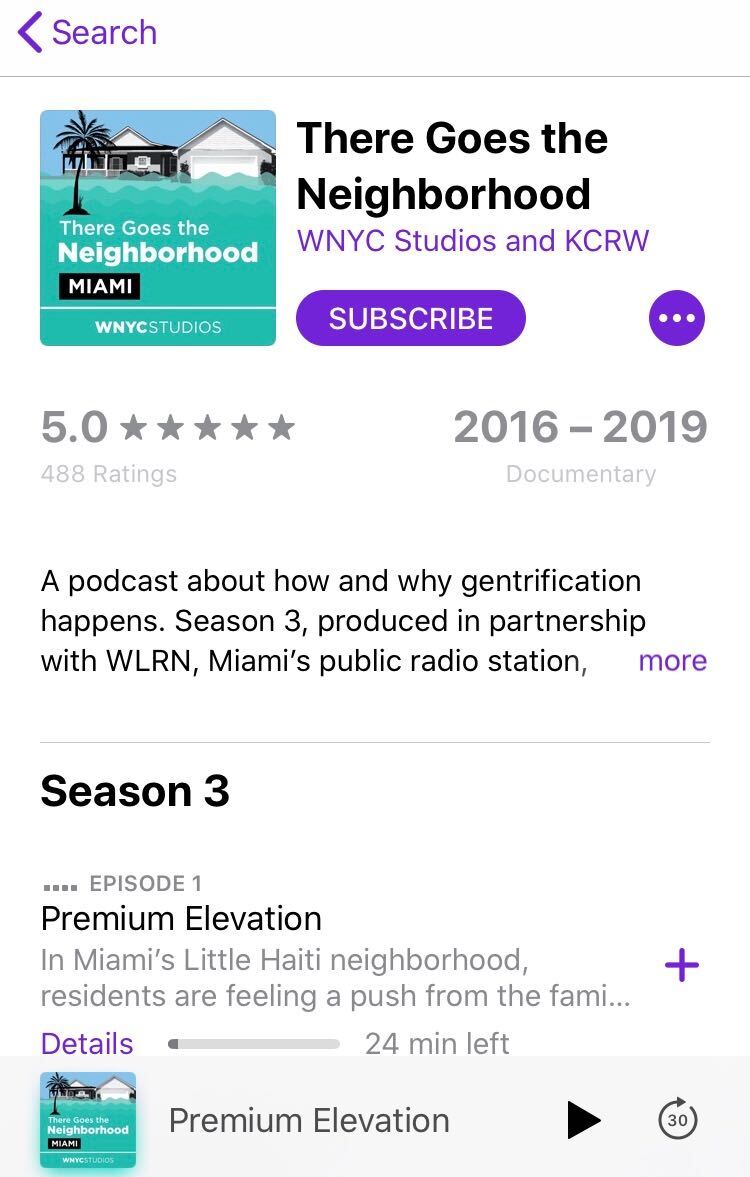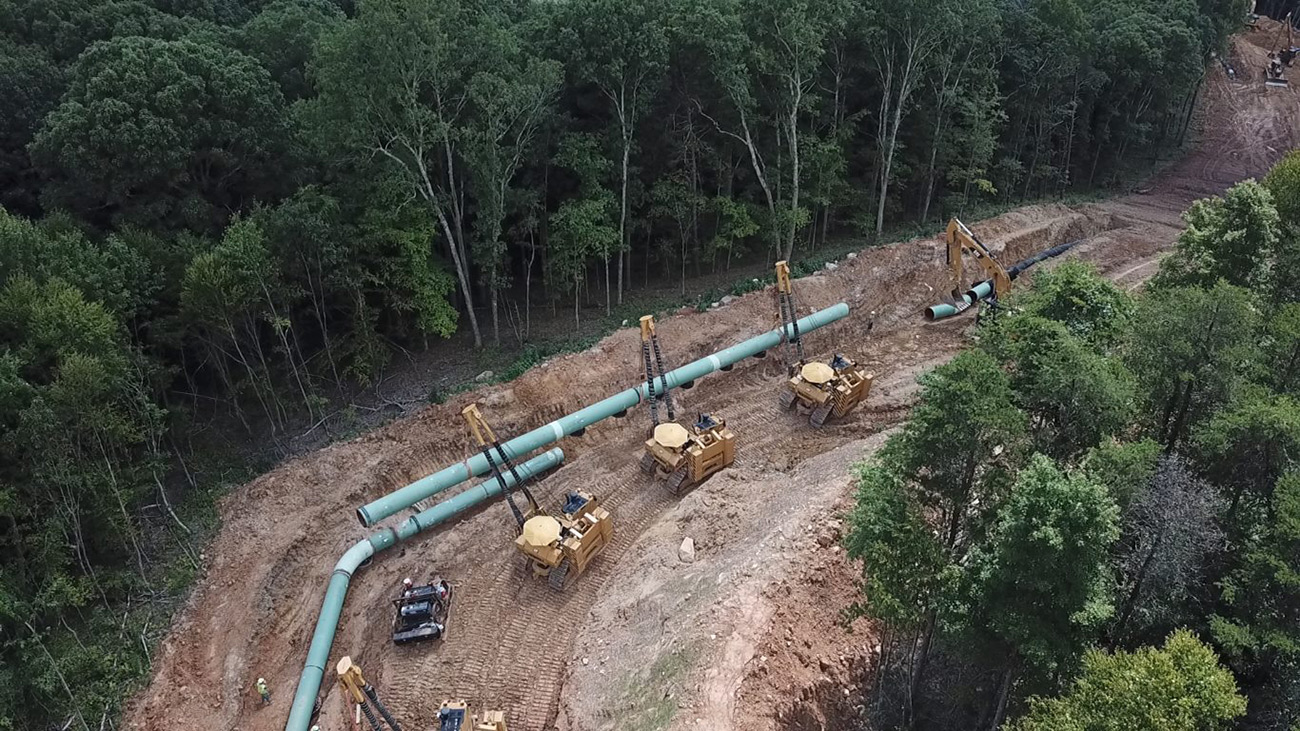The recent brutal murder in Minneapolis has forced all of us at the Chesapeake Climate Action Network to confront the injustice that runs rampant throughout our country. Our hearts and thoughts are with the families and communities of George Floyd, Breonna Taylor, Ahmaud Arbery, Tony McDade, and countless others.
Lives have been senselessly taken, and that can’t be undone. But we can work to shine a light on police brutality, and join justice advocacy organizations to find solutions to this ongoing tragedy.
Systemic racism permeates nearly everything — from brutal police killings to COVID-19’s disproportionate mortality rate among African Americans to the fact that people of color are disproportionately affected by runaway climate change. We have to work together for permanent and durable solutions that protect every single person of every single race — particularly the most vulnerable — now and in the future.
As an immediate step, we encourage everyone to donate generously to organizations promoting racial justice and raising funds for those affected by this crisis. A few recommendations:
- Several groups in Minneapolis fighting for justice
- Movement for Black Lives DC: A resource sharing project by organizations in the DC Movement for Black Lives Coalition
- Richmond Community Bail Fund, Richmond Mutual Aid Distribution — a free store on wheels for resource redistribution in Richmond, VA
- Baltimore Safe Haven — a black trans led shelter — and Baltimore Acton Legal Team
- Humanities Behind Bars, a grassroots collective dedicated to building inside/outside alliances and re-entry networks of care
We also condemn all statements that condone or incite violence against those who are exercising their First Amendment rights to protest this and other recent deaths of African Americans across our country.
The right to protest is a cornerstone of our democracy. We at CCAN have participated in dozens of demonstrations that have been essential for growing momentum for climate solutions. Yet, too often, African Americans are disproportionately targeted at these protests. When CCAN Board Member and frequent climate justice advocate Reverend Lennox Yearwood Jr. participated in the March for Science, he was targeted and assaulted by the police. When we joined with the #ShutdownDC Coalition to temporarily block traffic around the nation’s capitol to draw attention to the climate crisis, our largely white group was able to block off several intersections without trouble from the police — while the Black Lives Matter blockade was immediately targeted for arrests during the protest and hassled afterwards.
Everyone should have a right to protest without fearing being killed. Everyone should have a right to walk down a street or sleep in their own bed without fearing being killed.
For those of you reading this who are white, we encourage you to take this opportunity to learn as much as you can about institutional racism and privilege:
- Here’s a document with dozens of books, articles, podcasts, and more.
- Here’s an article specifically about how racism and the climate crisis are connected.
For those of you who are people of color: Our hearts are breaking for you. If you have a story about what’s going on you’d like to share, we’d love to amplify your voice. Simply respond to this email and we’ll work with you on this.
There is no climate justice without racial justice.
In solidarity forever,
The entire team at the Chesapeake Climate Action Network
